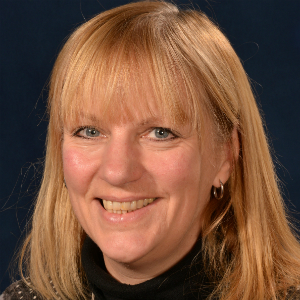In October 2014 Public Health England published Evidence into Action[1] which set out seven strategic priorities for improving the nation’s health including Ensuring every child has the Best Start in Life. We want to ensure that prevention and health improvement are recognised as essential to good health right from the start from pre-conception to age 5 and through the life course into adulthood.
Pregnancy and first two years of life have a lasting impact on health, wellbeing and success[2].
“The foundations for virtually every aspect of human development – physical, intellectual and emotional – are laid in early childhood. What happens during these early years (starting in the womb) has lifelong effects on many aspects of health and well-being– from obesity, heart disease and mental health, to educational achievement and economic status.”[3]
Michael Marmot, Fair Society, Healthy Lives, 2010
Most babies in England are born healthy and go on to lead happy healthy lives so why are pregnancy and the early years public health priorities? Here are a few statistics
- 80% of brain development takes place by the age of 3[4]
- Up to 20% of women develop a mental health problem during pregnancy or within a year of giving birth. This can lead to disordered early attachment with long term consequences for mother and baby[5]
- Around 1 in 10 (9.5%) of children are obese at age 4/5 years[6]
- 7% of children around five years of age have speech, language and communication needs (SLCN)[7]
- 27% of children have tooth decay at age 5 years[8]
These numbers are averages for the population if we dig a little deeper we can see that they mask a much higher level of need for some children and families. For example,
- Overall 60% of children achieve a good level of development at the end of reception as measured by the Foundation Stage Profile but there is a 12 percentage point social gradient between poorest 30% and the rest[9]
- Half of children in areas of social disadvantage have significant language delays[10]
- 5% of 4 – 5 years old are obese – poorest children have almost double obesity rates of 12% compared with 6.6% in the least deprived areas. Rates double by Year 6 [11]
- In 2013 the CMO reported that key adverse health outcomes would be reduced by 18 – 59% if all children were as healthy as the most socially advantaged[12]
Through the “Best Start in Life” programme PHE will have a leading role in supporting local authorities as the new commissioners of the Healthy Child Programme (HCP) for 0 – 5s. Through public health leadership and strong partnerships we want to improve children’s outcomes and narrow health inequalities by:
- Providing data, information and evidence to support universal prevention and early identification of need
- Promoting the 4-5-6 health visiting model
- Promoting the Government’s extended childcare offer for disadvantaged 2 year olds and the important role that HVs have in identifying and encouraging families to take up the offer[13]
- Leading work across the system with national and local partners to deliver improvements in health and narrow the gap in health inequalities across the public health priorities described in the Six High Impact Areas for Early Years[14]:
Alison Burton, Maternity And Early Years Lead, Public Health England
[1] From evidence into action: opportunities to protect and improve the nation’s health. Public Health England 2014
[2] The 1001 Critical Days The Importance of the Conception to Age Two Period. Cross Party Manifesto
[3] Michael Marmot, Fair Society, Healthy Lives, 2010
[4] Conception to Age 2 - the age of opportunity . Wave Trust
[5] The Costs of Perinatal Mental Health Problems, Bauer et al., LSE, Centre for Mental Health, 2014
[6]National Child Measurement Programme (2013/14)
[7] Tomblin JB, et al (1997)
[8] Commissioning better oral health for children and young people. PHE 2013
[9] Department for Education, Foundation Stage Profiles England 2014
[10] Locke, A., Ginsborg, J., and Peers, I. (2002). Development and disadvantage: Implications for early years and beyond. International Journal of Language and Communication Disorders, 37(1), 3-15
[11] National Child Measurement Programme (2013/14)
[12] Annual Report of the Chief Medical Officer 2012. Our Children Deserve Better: Prevention Pays. Department of Health, 2013
[13] Early years. The report of Her Majesty’s Chief Inspector of Education, Children’s Services and Skills 2015
[14] Early years high Impact Areas. DH 2014
